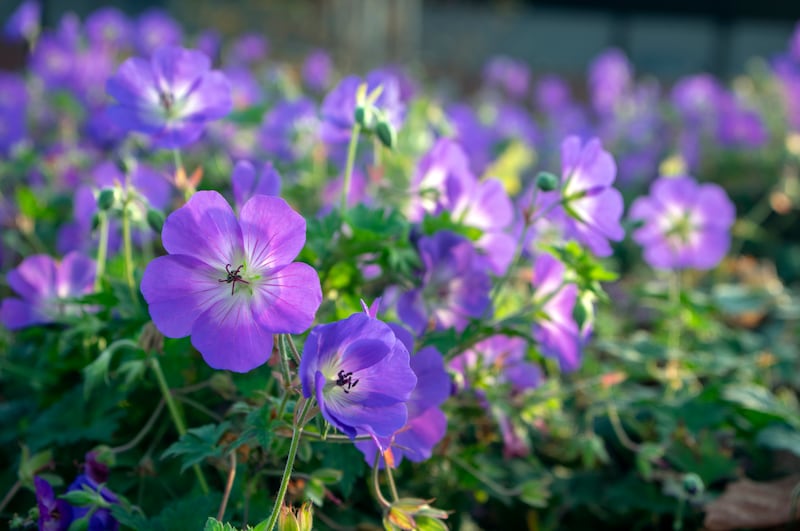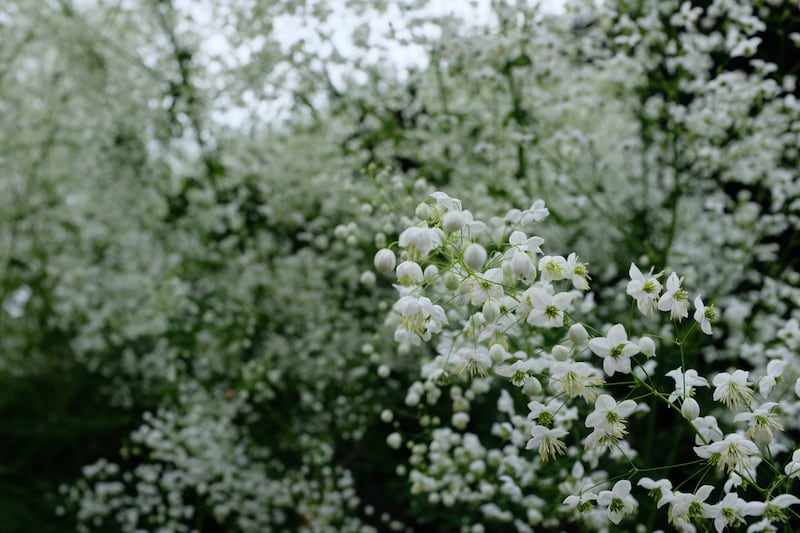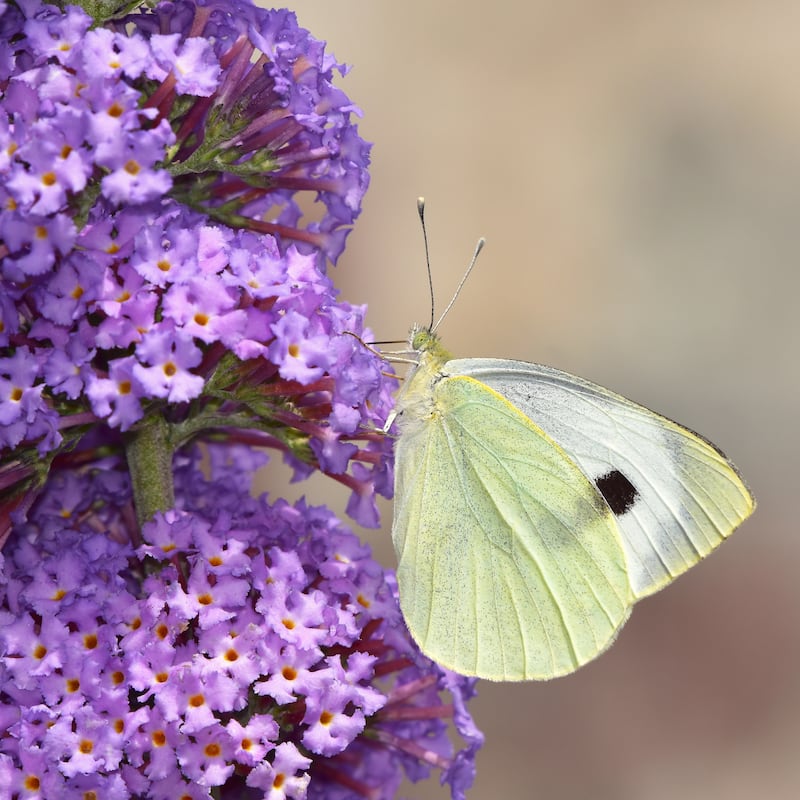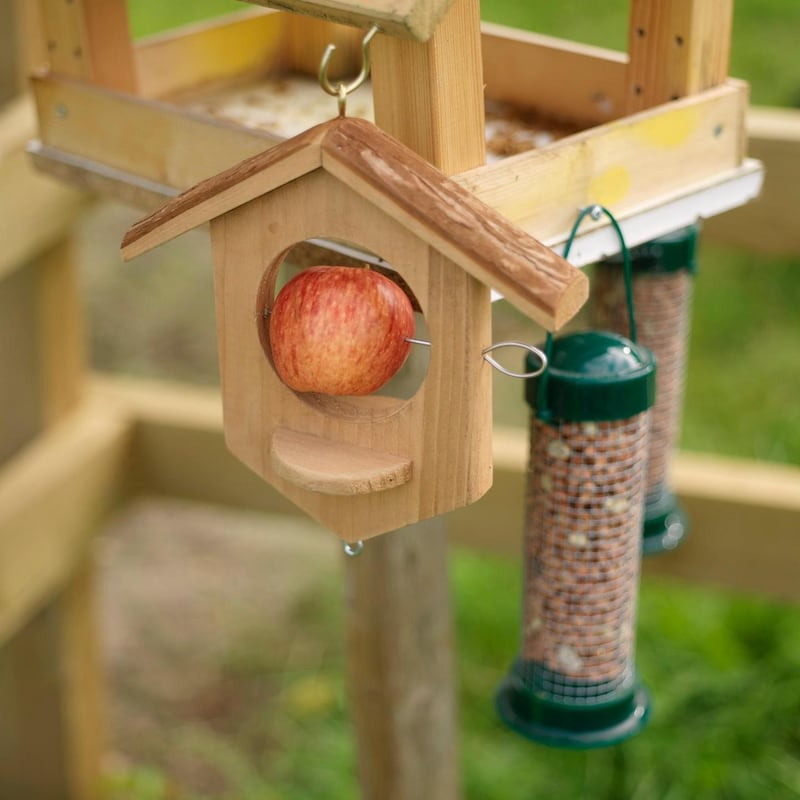Call me politically correct but I don’t much like the word “sterile”, a term that feels laden with judgment when it’s used to refer to people, landscapes or even our inner lives. To describe someone as sterile, for example, reduces the rich complexity of an individual to crude biology. To describe a writer, designer or artist’s work as sterile, meanwhile, condemns it for its lack of creativity and originality, while to call someone’s home sterile implies that it lacks warmth or personality. Similarly, to call a garden sterile suggests that it’s charmless, unproductive and lacks a certain life-force, all qualities that none of us wish for in our private outdoor spaces.
As for sterile plants, again the very idea comes with negative connotations, conjuring up a botanical world that’s faltering in its vigour when – fascinatingly– the opposite can be the case.
Take, by way of example, the sterile variety of toadflax known as Linaria ‘Dial Park’, an elegant and exceptionally long-flowering hardy perennial with tall, slender spires of pink and white flowers that appear from June-September. Or any of the newer, very long-flowering, sterile varieties of avens (Geum) such as ‘Totally Tangerine’, ‘Prinses Juliana’, ‘Pretticoats Peach’, ‘Mai Tai’ and ‘Cosmopolitan’, all prized by gardeners for their profusion of slender stemmed, fruity-coloured, saucer-shaped flowers that are produced over many months.
Other examples of outstanding varieties of flowering perennials that are sterile, or almost sterile, include Geranium ‘Ann Thomson’; Geranium ‘Anne Folkard’; Geranium ‘Patricia’; Thalictrum ‘Splendide’; Thalictrum ‘Hewitt’s Double’; Brunnera ‘Jack Frost’; Brunnera ‘Looking Glass’; Campanula ‘Sarastro’; Foxglove ‘Illumination Series’; Helenium ‘Sahin’s Early Flowerer’; and Nepeta ‘Walker’s Low’.
Actor Armie Hammer resurfaces as host of celebrity podcast
Heart-stopping Halloween terror: 13 of cinema’s greatest jump scares
Doctor Odyssey’s core message: just imagine Pacey from Dawson’s Creek holding you tight and saying, ‘Shhh, it’s okay’
Conor Niland’s The Racket nominated for William Hill Sports Book of the Year
These varieties aside, perhaps the best-known example is Geranium ‘Rozanne’, the award-winning, violet-blue flowered, exceptionally long blooming sterile variety of hardy perennial cranesbill, so popular with gardeners around the world (and thus commercially valuable) that it was the subject of a bitter lawsuit between rival commercial nurseries some years ago.

Intriguingly, the very reason that all of these varieties make exceptionally good garden plants (and why nurseries prize them so highly) is their sterility, which means they’re either incapable or only very rarely capable of producing seed. As a result, instead of pouring their hearts into seed-production – a hugely energy-consuming process that inevitably comes at the cost of flower production – they continue to bloom long after their fertile equivalents have turned their attention to the pressing matter of reproduction. The bonus for us gardeners, of course, is that rather than a flowering period of just a few weeks, we can enjoy floriferous displays that continue for months on end, a quality that’s earned these plants a place in many of the best gardens. That same quality is especially valuable in small gardens where growing space is tight and every plant must work extra-hard to earn its place.
Sterility in a plant can occur either naturally or as a result of human intervention, and in a number of different ways. Geranium ‘Rozanne’, for example, is believed to be the result of a hybrid cross between an unnamed cultivar of Geranium himalayense and Geranium wallichianum ‘Buxton’s Variety’, and was first discovered in 1990 growing in the Somerset garden of Donald and Rozanne Waterer in the UK (hence its name).
But its appearance wasn’t entirely by chance. Instead, the couple (both were keen gardeners while Donald was a professional nurseryman with a family background in plant breeding) had built up a collection of close to thirty different kinds of hardy geraniums that they’d been deliberately hand-pollinating for a number of years in the hope of creating new garden-worthy hybrids. When they realised they’d achieved this with Geranium ‘Rozanne’, they contacted the distinguished English garden writer and geranium expert, the late Graham Stuart Thomas, who put them in touch with Adrian Bloom of the famous Bressingham Nurseries in Norfolk. As is true of most sterile plants introduced into cultivation, Geranium ‘Rozanne’ was then micro-propagated in a lab by tissue culture before being launched at the RHS Chelsea Flower Show in 2000. Its subsequent success (it went on to be voted ‘Plant of the Centenary’ at the 2013 RHS Chelsea Flower Show) is the stuff of legend.

Many of the other sterile hybrids named above have arisen in similar fashion, their exceptional qualities spotted by eagle-eyed gardeners and nursery owners. The aforementioned Linaria ‘Dial Park’, for example, is thought to be a hybrid cross between two distinct species, Linaria purpurea and Linaria dalmatica. It first appeared in the garden of the same name, which belongs to an English plantsperson and galanthophile called Olivia Mason. The very tall, graceful, white-flowered meadow rue known as Thalictrum ‘Splendide’ is a cross between Thalictrum elegant and Thalictrum delavayi that was selected by the distinguished French plant breeder Thierry Delabroye. Likewise, Helenium ‘Sahin’s Early Flowerer’, the hardy perennial known for the prolonged and prolific production of its tall, chocolate-orange, daisy-shaped flowers, arose in the trial garden of the Dutch nurseryman Kaas Sahin and is a cross between Helenium autumnale and Helenium bigelovii.
A common misconception among gardeners is that these sterile varieties are unappealing to pollinators. But in fact those same floriferous, long-flowering qualities can often (but not always) make these plants unusually pollinator-friendly. So while their flowers don’t produce the protein-rich pollen that insects need to grow and reproduce, many (but not all) sterile varieties produce lots of sweet, energy-rich nectar over a very long period of time meaning there’s plenty for visiting insects to feed from.
Sterility in a plant can have other benefits. An example is the butterfly bush (Buddleja davidii), a native of China and a cottage garden favourite that’s earned its name by virtue of its large, pollen and nectar-rich flowers which are irresistible to butterflies.

Many environmentalists, however, consider this non-native flowering shrub’s attractiveness to pollinators to be a minus rather than a plus, pointing to the fact that buddleja lures insects to visit its flowers at the reproductive cost of native plants that it then displaces. That particular argument aside, this promiscuous shrub’s inclination to naturalise and self-seed with abundance means that, in some parts of the world, Buddelja davidii is classed as an invasive including here in Ireland. This is where modern plant breeders are playing an important role with the introduction of a new generation of sterile or nearly sterile hybrid varieties which have been specifically bred to not produce seed. Examples include the ‘Lo and Behold’ series, Buddleia x weyeriana ‘Bicolor’ and the ultra-compact Buddleja x pikei ‘Unique’.
Of course a garden filled exclusively with these kinds of sterile hybrid varieties is never going to be anything as nature friendly as one that’s also home to many different kinds of fertile species and varieties. The latter’s flowers produce not only pollen and nectar but also seed, supporting biodiversity and ensuring the survival of future generations. But including some sterile varieties in your garden is a very effective way to ensure a very long-lasting, colourful display.
This Week in the Garden
The torrential rain of the last few weeks has left the soil in many gardens very wet or even waterlogged, so hold off planting bulbs, or weeding/digging flower beds, until conditions improve to avoid damaging the soil structure and causing problems with compaction.

Wash down, disinfect and dry bird tables and feeders before restocking them with a variety of fresh, clean food including seed, nuts and fruit. Hanging feeders should ideally be placed in a dry or sheltered spot beneath the canopy of a roof to help protect the food from rain, which can cause it to decay before visiting birds have had a chance to finish it. For the same reason, it’s a good idea to only partially refill feeders.
Dates for your Diary
Saturday, November 12th; 2pm-3.30pm; National Botanic Gardens, Glasnevin, Dublin 9; Afternoon Lecture: The Delights of Gardening by Paul Maher and Edel McDonald, with the Irish Garden Plant Society; admission free; see botanicgardens.ie






